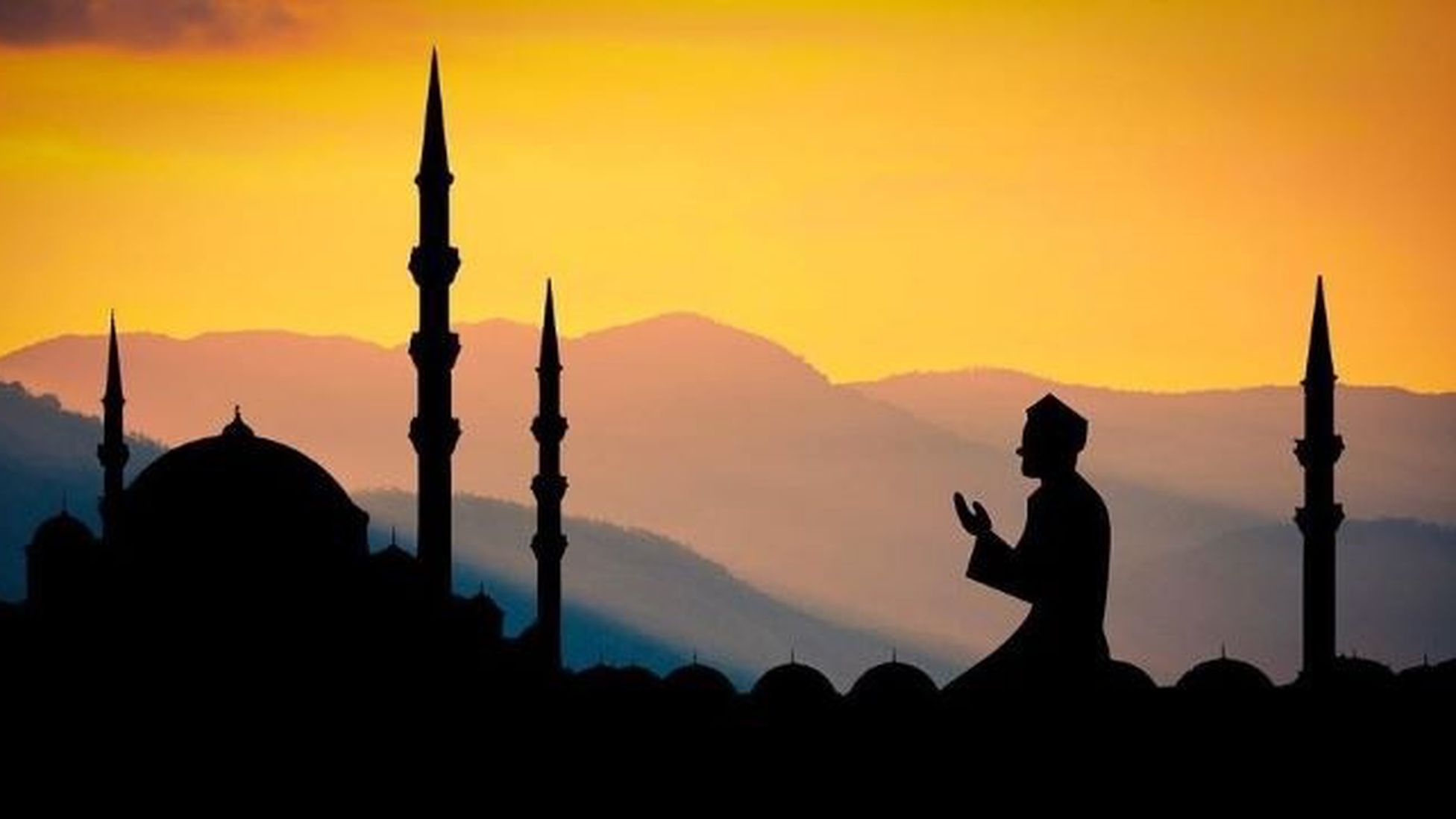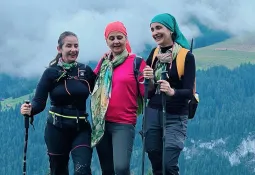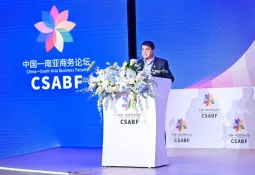
Mystical Origins and Myths of Budha Subba Temple
Nestled within the tranquil landscapes of Dharan, Nepal, the Budha Subba Temple is a revered religious shrine that tells a tale of spirituality, myths, and local legends. This ancient temple is not just a site of religious devotion but also a repository of fascinating myths and stories that have been passed down through generations. In this article, we will explore the historical origins, myths, and unique practices associated with the Budha Subba Temple.

Historical Origins and Location
The Budha Subba Temple, situated in the Bijayapur region of Dharan, is a testament to the deep-rooted history of the area. It is believed to be the final resting place of Morang's last Limbu King, Budhhi Karna Khebang, who ruled from 1762 until 1775 when King Prithvi Narayan Shah of the Kingdom of Nepal invaded Bijaypur. The temple is not only a place of worship but also a symbol of the political and economic significance of east Limbuwan during that era.
The temple is located on the banks of the Seuti river, a short distance east of the Temple of Dantakali. It is in the Sunsari district of eastern Nepal, approximately 220 km from Kathmandu. Historian Iman Singh Chemjong Limbu suggests that Bijaypur was once the capital of the Kingdom of Limbuwan (Pallo Kirat) before and after King Bijaynarayan Raya Khebang's rule.
Myths and Legends
-
Budha Subba, the Hunter: One of the prominent myths associated with the temple is the story of Budha Subba, a hunter, and his sister. They used to play and hunt with slingshots on the nearby hill. According to the legend, while hunting crows, Budha Subba accidentally lost the tips of bamboo trees due to his slingshot. It is said that the bamboo tips never grew back, and this incident prompted Budha Subba to give up hunting and start meditating. The small mound of mud at the temple is believed to be the very spot where he meditated. The temple derives its name from this legendary hunter, and his sister's temple is located nearby.
-
Ekalavya, the Archer: Another myth connects the temple to Ekalavya, a character from the Mahabharata who was known for his exceptional archery skills. It is believed that Ekalavya is synonymous with Budha Subba. According to this legend, the temple site is associated with the idea that worship and meditation at this place can fulfill one's desires.
-
Lord Shiva and Parvati: Some Hindus believe that Lord Shiva and Goddess Parvati appeared in the form of Thebasamang and Yumasammang, the Yakthung King and Queen, during a hunting expedition in the Vijaypur area. They put down their bows and sat in meditation. At that time, they foresaw the arrival of Kaliyuga and disappeared. In the Yakthung language, this event is known as "Budha Subba." Bamboo shoots sprouted from their bows without the characteristic tuft.

Sacred Threads and Bamboo Writings
In the past, it was a tradition for young men visiting the temple to write the names of their beloved on bamboo trees, believing that doing so would ensure success in their relationships. However, as bamboo name writings increased, they began to hamper the growth of the bamboo trees. Consequently, the temple committee stopped this practice and today, lovers tie sacred threads to the bamboo trees after offering their prayers to Budha Subba.
In conclusion, the Budha Subba Temple in Dharan, Nepal, is not just a place of worship; it's a repository of captivating myths and legends that intertwine spirituality, history, and local culture. Visitors to this sacred site can immerse themselves in a world where ancient tales and rituals coexist, providing a glimpse into the rich tapestry of Nepal's heritage and beliefs.












Comment / Rely From